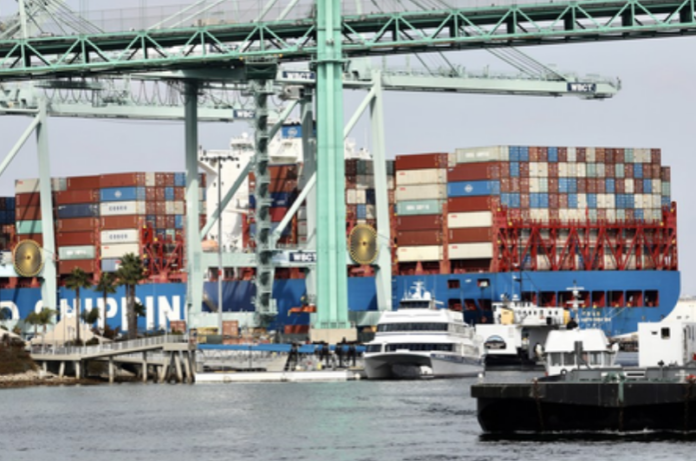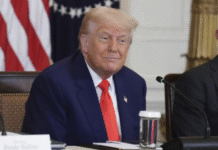New Delhi— A major shift in U.S. trade policy is expected to slow global economic growth, with all regions set to be negatively affected, according to a new report from S&P Global released Friday.
The report estimates that the U.S.’s recently announced spike in import tariffs will reduce global GDP growth by 0.3 percentage points in both 2025 and 2026 compared to earlier forecasts. The impact will be widespread, hitting major and emerging economies alike.
India and Japan are expected to see GDP growth slow by 0.2 to 0.4 percentage points, while China could experience a sharper decline of 0.7 percentage points. Among emerging markets, open Asia-Pacific economies such as Malaysia, Vietnam, Thailand, and Singapore are projected to suffer the largest hits, with annual growth falling by 0.5 to 1.0 percentage points.
In North America, the U.S., Canada, and Mexico are each expected to see growth decline by around 0.6 percentage points over the same period. The Eurozone will also feel the pressure, with a 0.2 percentage point drop in growth, and Germany bearing the brunt of the slowdown among major European economies.
S&P Global attributed the revised outlook to the U.S. administration’s unexpected tariff hike announced on April 2, 2025, which triggered market uncertainty and fears of retaliatory trade measures from global partners.
“This abrupt policy shift represents a shock centered on market confidence and pricing,” the report said. “The real economy is sure to follow.”
The ratings agency flagged a high degree of uncertainty in the implementation and global response to the new trade policies, warning that ripple effects could strain supply chains, tighten credit conditions, and dent business confidence worldwide.
While S&P does not currently foresee a U.S. recession, it has raised its inflation outlook and acknowledged that downside risks remain significant. “The risks to our baseline remain firmly on the downside, particularly if the tariff shock spills over more deeply into the real economy,” the report noted.
The long-term global economic landscape, including the U.S.’s role within it, is now more uncertain than ever, S&P concluded. (Source: IANS)







